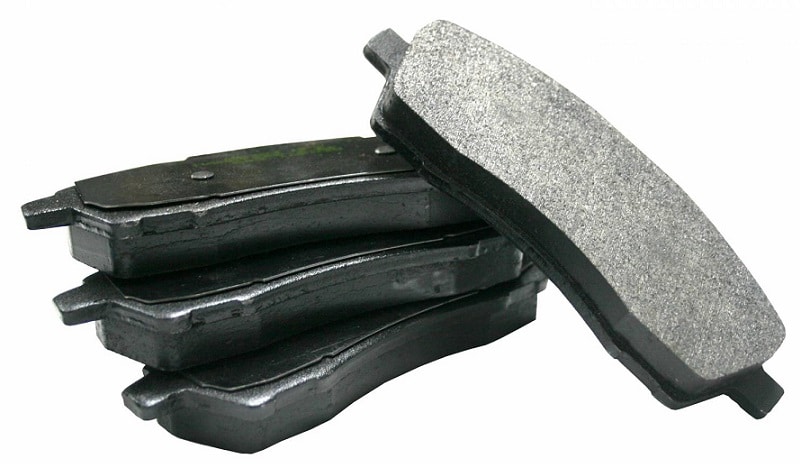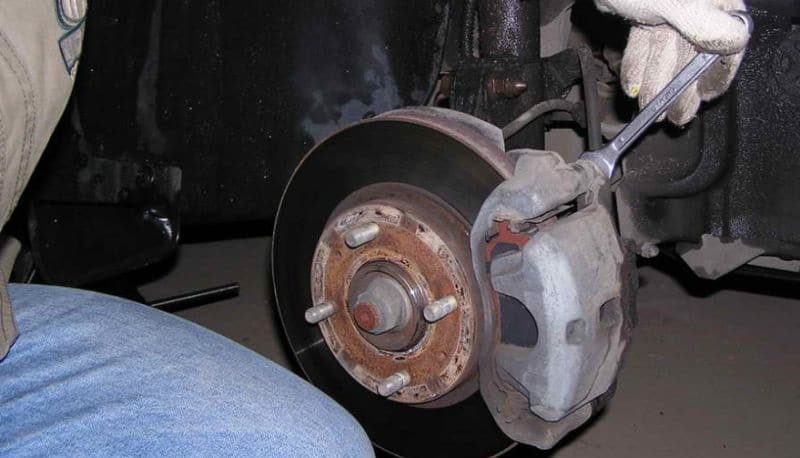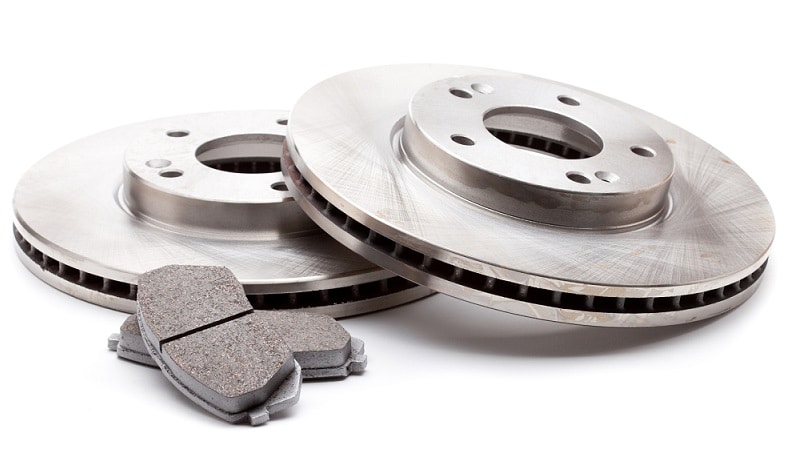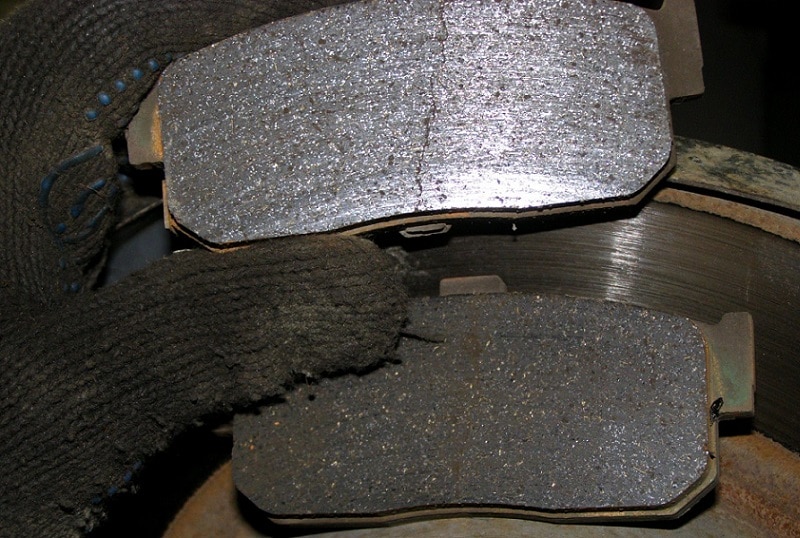In order for the brake system to always be in good condition, it is necessary to constantly monitor its components. Since the brake pads work exclusively for friction, they wear out faster than other parts. It is impossible to say exactly when wear and tear will occur, the conditionally operational life of their work is from 8 to 15 tons of kilometers during normal driving without “recklessness”. Checking the brake pads allows you to roughly understand when to replace.
Brake system
Each vehicle is equipped with:
- brake mechanism;
- parking brake;
- spare brake. It is used in emergency cases, in case of failure of the main brakes. In passenger cars, this is usually implemented by dividing the brake system into several circuits diagonally or front / rear.
The brake system consists of a drive and a braking mechanism with a drum or disc, as well as brake shoes. Drum brakes are now used less often, although they last longer. Today, almost all cars have a disc brake, such a system is considered fixed and has a caliper and two pads that are stable in one position. When the brake pedal is pressed, they compress the disc. There are also systems with a floating block, they are more complicated. During braking, the caliper piston touches one of them, it moves away, leans against the disc and shifts it to the other, after which a clamp occurs.
The brake pad has two components: a frame and a friction lining. In short, it is the lining that performs the main task of braking, stopping the brake disc with its friction. Front brake pads wear out two to three times faster than rear ones. This is because a large load during braking falls on the mechanism of the front wheels, there is a redistribution of the weight of the car on the front axle. The wear rate is directly affected by:

It is noteworthy that in the winter season, replacement is less frequent, which indicates that there are few maneuvers during the movement in winter.
signs of wear
Sometimes, in order to simply assess the condition of the linings, it is not at all necessary to get into the brake system. Many are interested in how to check the brake pads without removing the wheels? Depreciation can be determined by the following features:

Checking the pads without removing the wheel
It is not difficult to check brake pad wear, especially when the vehicle has alloy wheels with large holes through which the brake assembly is visible. As a rule, only the outer block is visible. If you determine its thickness visually, then 1.5–2 millimeters is considered critical. When, without even removing the wheel, you notice that the lining thickness is less than 5 millimeters, this is a reason to replace it. If the holes on the wheel are too small, and the brake mechanism is poorly visible, you need to start dismantling the wheel. When nothing interferes with the review, it is easy to assess the condition of the second lining and, along the way, the brake disc.
Proper Pad and Disc Inspection Process
Before checking, view the table of indicators of the permissible dimensions of parts of the brake mechanism. When the data matches, start making the replacement. The process is divided into the following steps:

Parts need to be replaced if:
- linings in oil;
- products thinner than 1.5 mm;
- pads are loosely connected to the base;
- discs must be replaced if there are scratches or shape deformation.
Replacing the front brake pads

Replacing the rear brake pads
The replacement process is almost the same:
- To immobilize the car, put it into gear. You cannot turn on the handbrake, as it will press the pads against the disc, and replacement will not work. For safety, we put bars under the wheels.
- We remove the wheel, remove the guide pins with a key No. 12.
- We remove the drum.
- Disconnect the springs from the pads.
- We take out the front block, remove the drive lever from the cable and remove it. Also do from the back.
- Now we install new parts exactly the opposite.







